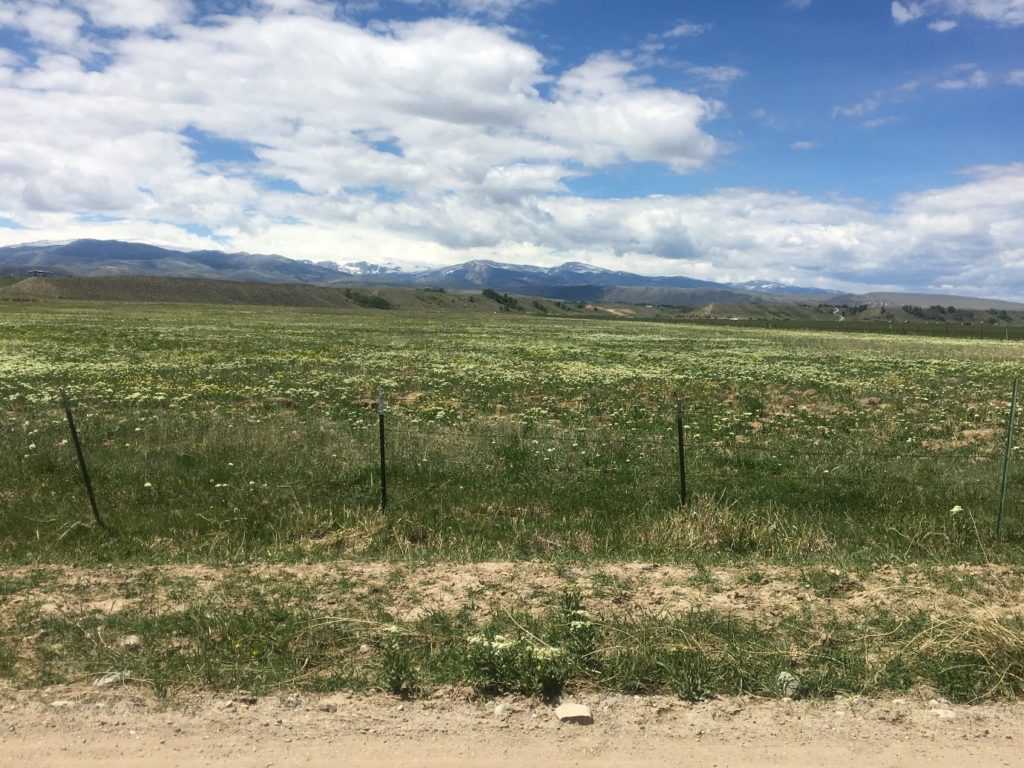Past, present and future – reflections on the XV International Symposium on Biological Control of Weeds
Invasive alien weed species have been a global environmental and human health issue for decades. In 1969, CABI organised the first International Symposium on Biological Control of Weeds (ISBCW) in Delémont, Switzerland. Weed biocontrol research was then in its early stages and 20 scientists attended.


